Discover practical, forward-looking methods to recycle and reuse camera gear sustainably in 2026.
Why Recycling Old Lenses and Electronics Matters in 2026
This section explains the environmental stakes and how 2026’s sustainability standards make recycling crucial for photographers.

Each year, millions of camera parts end up as e-waste. In 2026, stricter regulations and smarter recycling networks aim to change that story. Old optics contain reusable glass and metal alloys, while electronics often hide rare metals like gold and tantalum. Disposing of these improperly means more mining, more pollution, and less circular value.
- Confirm materials (metal, glass, circuit parts) before recycling.
- Remove batteries and memory cards before disposal.
- Research certified e-waste recycling centers that accept optical parts.
In Rotterdam, local photographer Noor Veld revived her studio by responsibly recycling outdated lenses. With credits earned from returning gear, she discovered refurbished options that gave her work a sharp new dimension without harming the planet.
Practical 2026 Methods for Recycling Old Camera Lenses
Here you’ll find step-by-step insight into how modern recyclers reclaim glass and metal components from worn-out optics.

By 2026, mechanical disassembly robots and chemical glass-cleaning units have become standard in optical recycling facilities. Separate recovery streams now exist for:
- Glass optics — cleaned, melted, and recast for telescopes or new lenses.
- Metal mounts — aluminum and brass are separated magnetically and re-alloyed.
- Plastic housings — shredded and pressed into durable camera accessories.
Optical glass can even be repurposed into lighting fixtures or art sculptures, providing a poetic second act for once-beloved lenses.
- Locate a 2026 certified optical recycler.
- Clean and label lenses before hand-in.
- Ask about sensor or chip part removal if your lens includes digital control components.
Pros
- Diverts heavy metals and glass from landfills.
- Can recover up to 85% of component material.
- Supports local recycling economies.
Cons
- Some regions still lack optical recycling facilities.
- Complex lenses take time to dismantle safely.
A small repair lab in Copenhagen gained fame by turning piles of cracked zoom lenses into precision optical elements for microscopes. Their workshop embodies the potential of circular design: nothing wasted, everything learned.
Eco-Friendly Processing for Camera Electronics
This part covers safe methods for dismantling circuit-heavy camera systems and choosing between national and independent recyclers.

Camera electronics—sensors, processors, capacitors—contain trace materials that demand controlled recycling. In 2026, modular dismantling lines and plasma-clean environments ensure every recovery step meets environmental standards. Independent recyclers often innovate faster with microbatch sorting, while national programs boast greater coverage and certifications.
| Name | Best for | Spec | Result | Latitude/Usability | Notes |
|---|---|---|---|---|---|
| Independent Optical Recycler | Local labs | Small-batch processing | High recovery accuracy | Flexible scheduling | Verify certification for metals |
| National E-Waste Program | Bulk camera collections | Standardized protocols | Mass material recovery | Stable throughput | Offers compliance records |
- Back up all photos and data before recycling electronics.
- Do not mix chargers, cameras, and household devices together.
- Request an official recycling certificate or environmental declaration.
One hobbyist, Emilio, used to toss old DSLRs into the bin. After attending an e-waste workshop, he started donating units to community education programs. His effort fueled new photography courses while keeping toxic boards out of landfill.
Creative Reuse and Upcycling Ideas for Old Lenses
This final section sparks ideas for repurposing lenses into artistic or functional pieces instead of discarding them.

2026’s maker culture thrives on combining sustainability with originality. Old lenses can become lamp bases, kaleidoscopic wall art, or even microscope eyepieces for home labs. Technical hobbyists repurpose them for DIY telescopes and macro converters using 3D-printed adapters.
- Check lens integrity before reuse.
- Use secure mounting adapters for conversions.
- Join repair cafés or online workshops for sustainable project ideas.
Pros
- Extends product life without industrial processing.
- Encourages creativity and education.
Cons
- Not all lenses are structurally safe for repurposing.
- Requires basic crafting or engineering skills.
Readers of our sustainable camera community often share projects inspired by reuse. One artist turned disassembled lens barrels into lighting fixtures exhibiting in a local photo festival. Have your own story? Share it with us and inspire the next wave of conscious creators.
Ready to apply a circular mindset? You can shop our camera lenses for reuse projects or explore refurbished digital cameras that already embody the spirit of 2026 recycling innovation.
Quick Decision Guide
- For professionals: Use certified optical recyclers for full compliance and material recovery.
- For hobbyists: Join community labs or trade-in programs with take-back credit options.
- For artists: Turn damaged lenses into design or light art projects for exhibit reuse.
- For educators: Donate functional electronics to schools to support recycling awareness.
- For collectors: Restore vintage bodies—discover classic SLR film cameras for restoration.
FAQs on Recycling Old Lenses and Electronics in 2026
- What are the best methods to recycle old lenses in 2026?
- Send them to specialized optical recyclers that separate and melt glass safely. Always verify e-waste certification or donate usable parts to refurbishment programs.
- Can electronics and camera lenses be recycled together safely?
- No. Lenses and electronics require separate processing. Mixing them can lead to contamination and improper recovery of materials.
- Which recycling centers accept old camera parts in 2026?
- Regional e-waste collection points now partner with manufacturers or optical take-back programs offering trackable recycling certificates.
- How can I repurpose outdated lenses instead of recycling?
- Try décor, creative photo filters, or experimental telescopes. Always ensure no sharp or remnant components remain before use.
Next Step
Give your gear a second life — explore our refurbished lens selection.
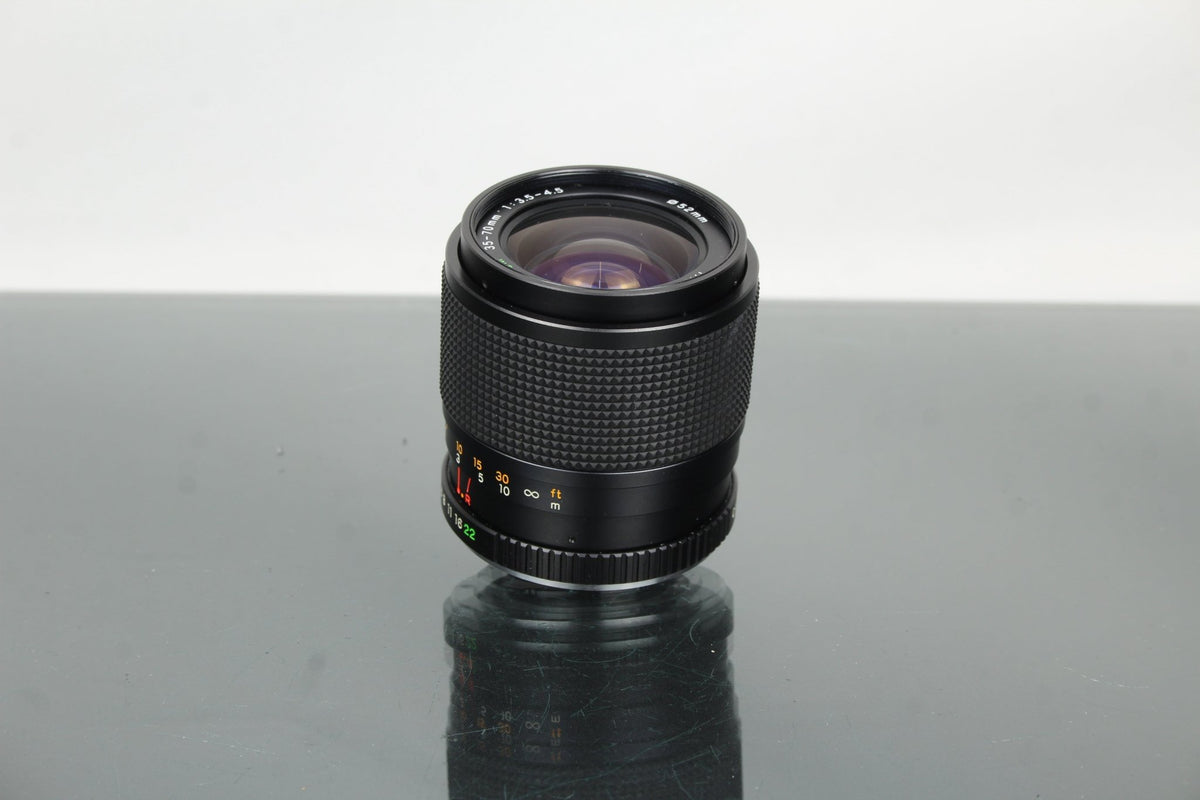
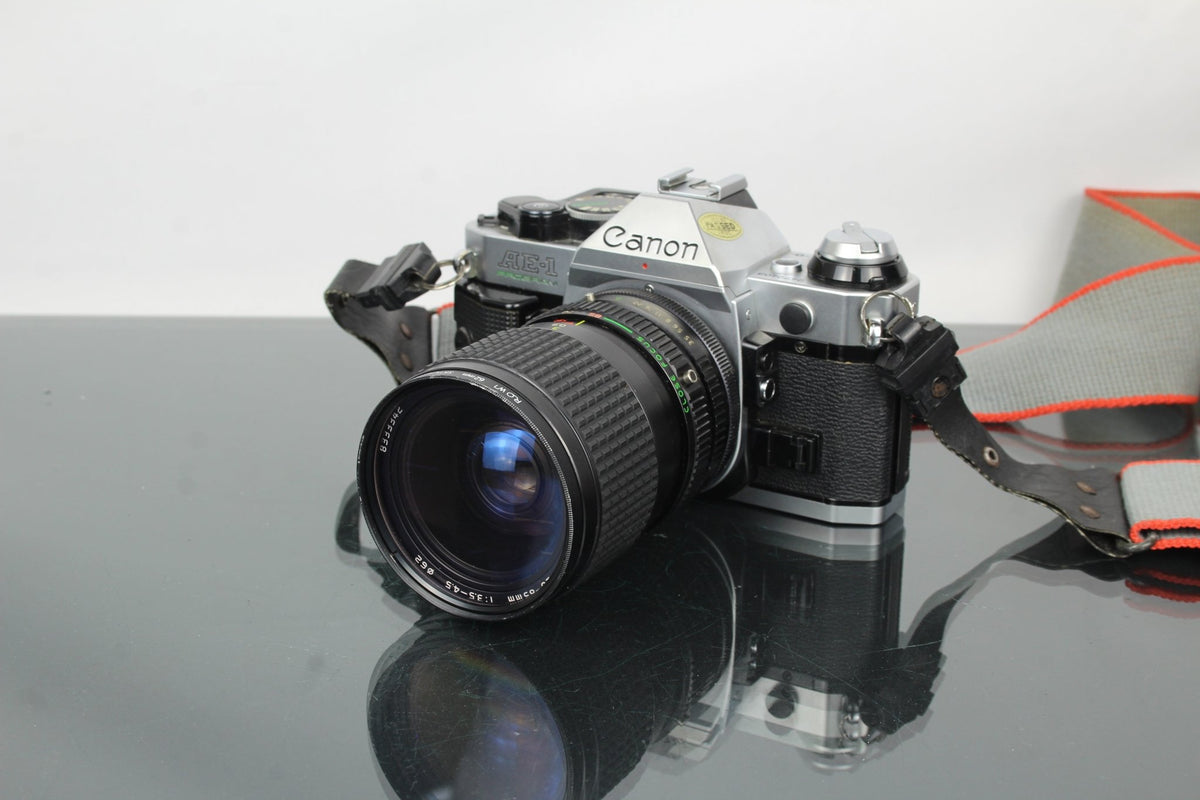
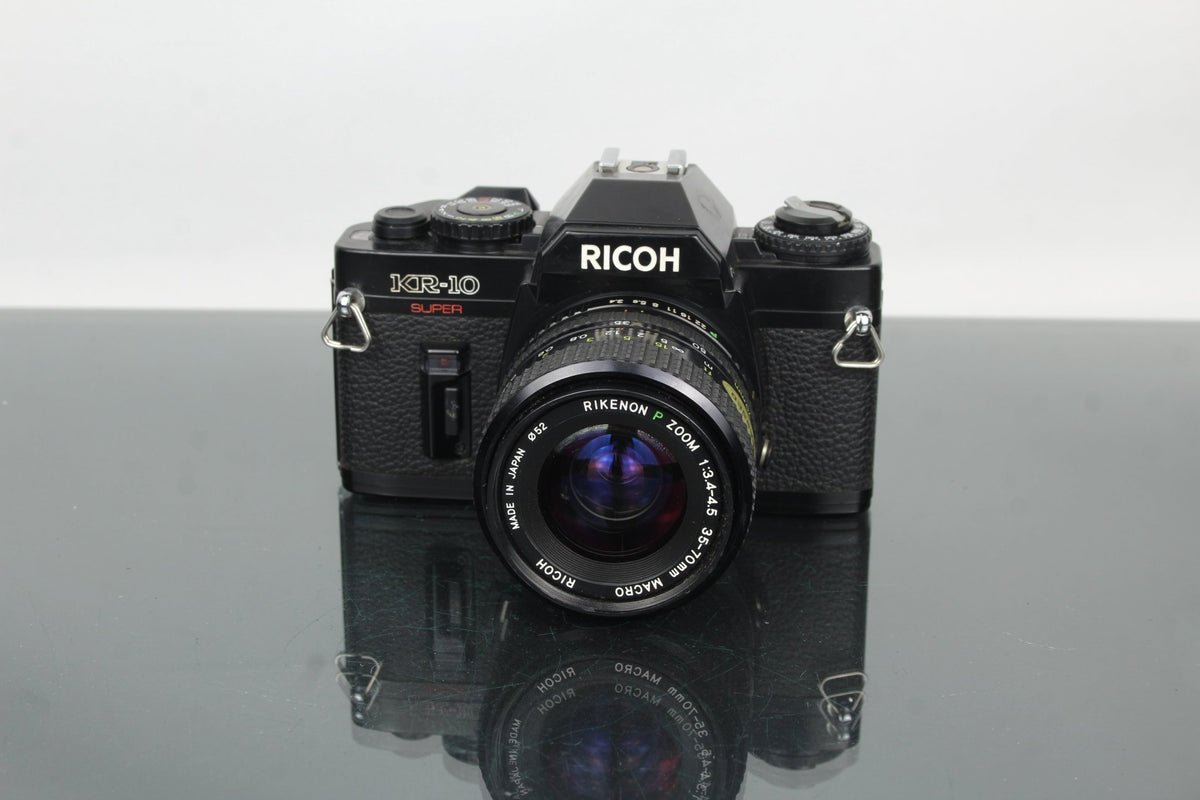
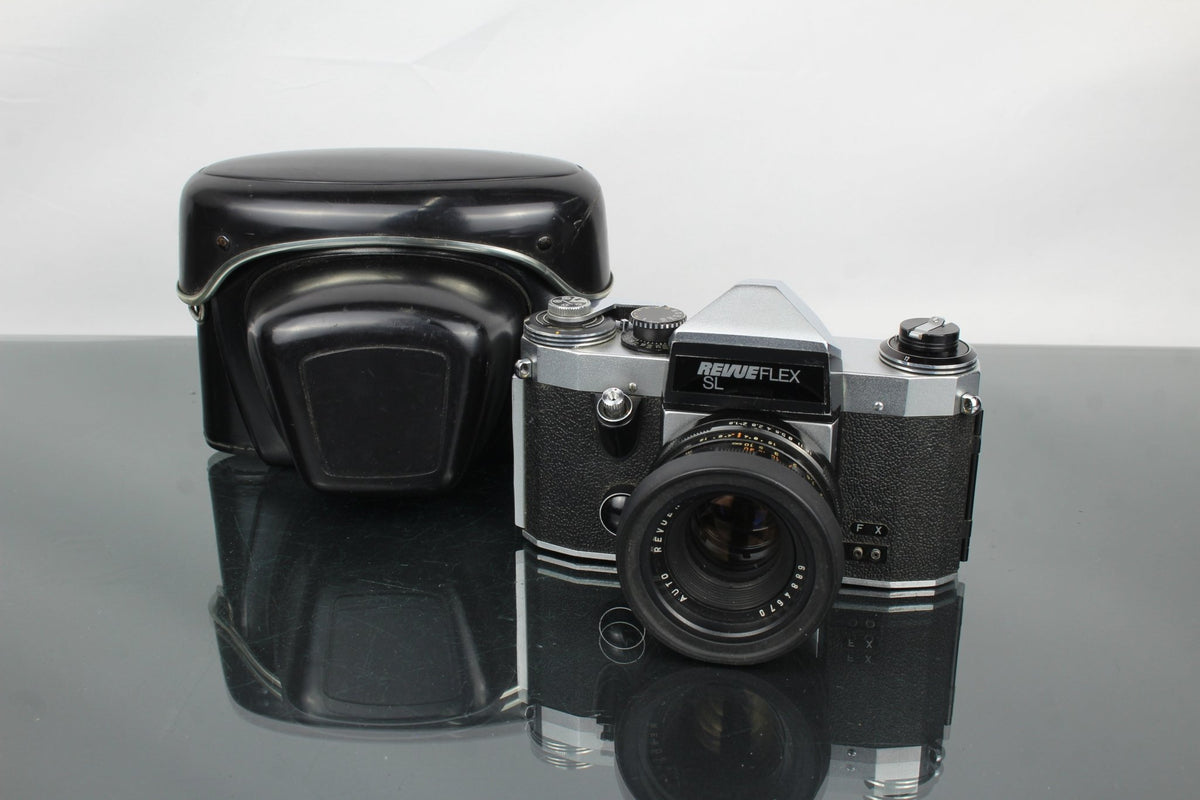





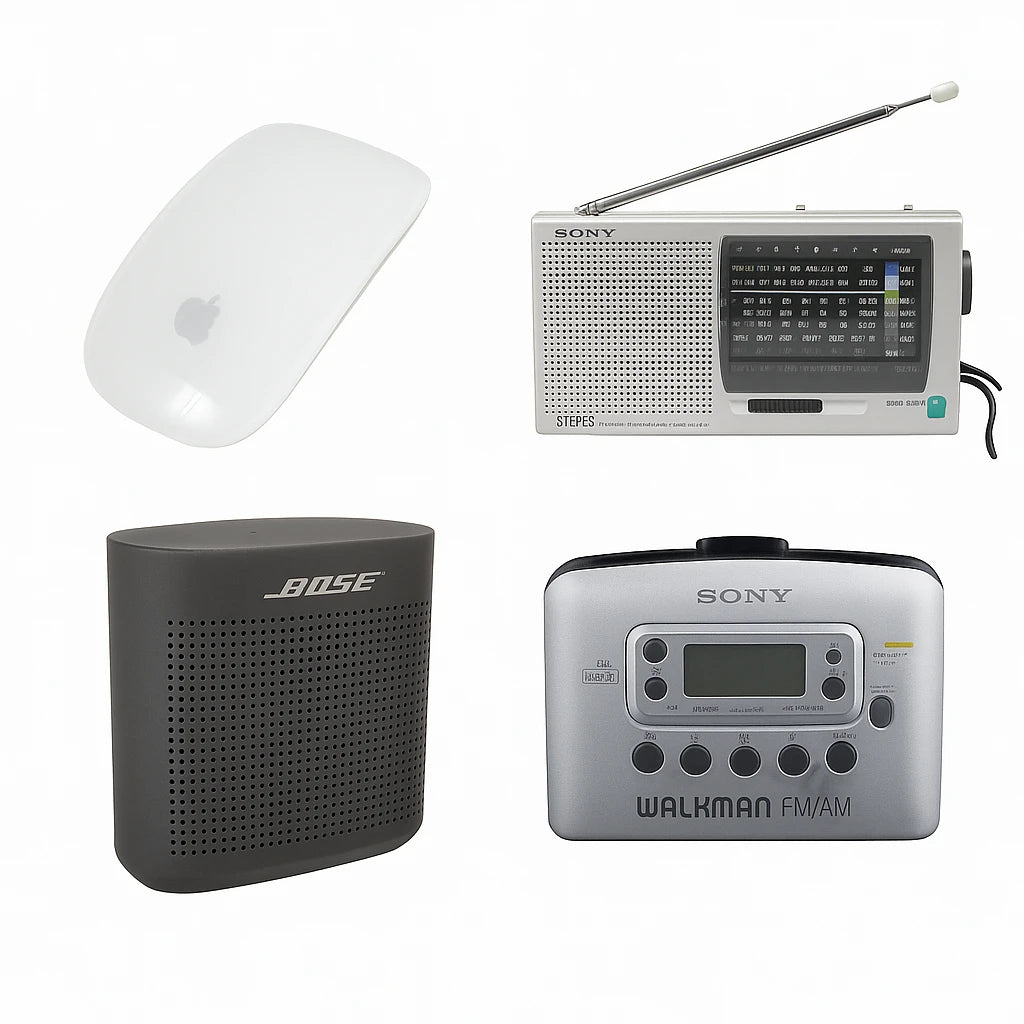
0 commentaire